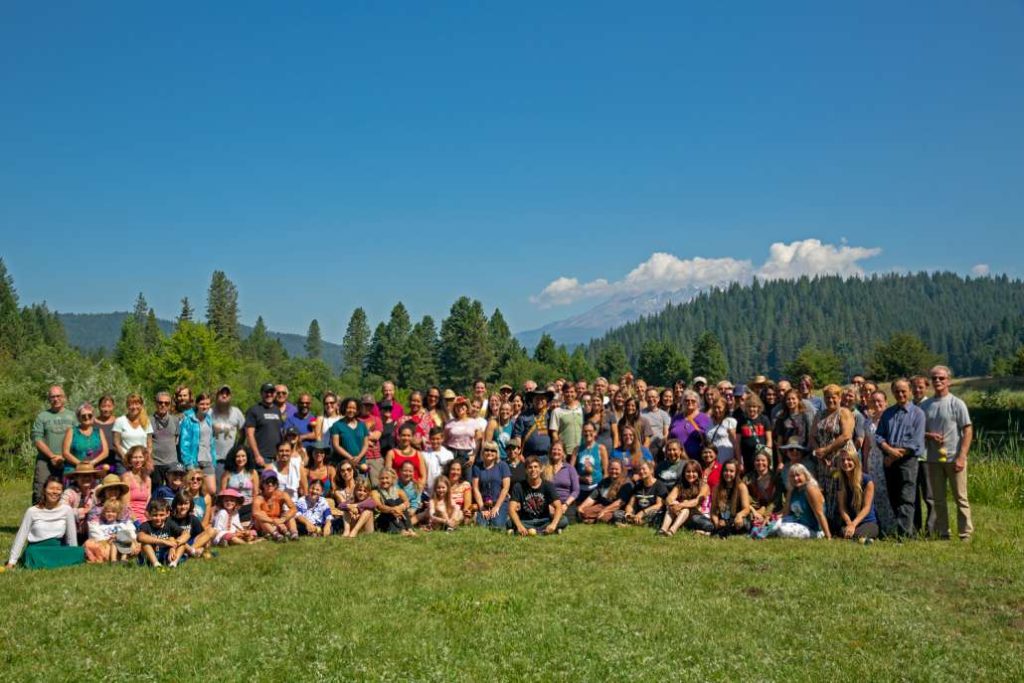Mount Shasta DMT Retreat
The Mount Shasta DMT Retreat, a majestic volcanic peak in Northern California, is widely regarded as one of the most spiritually significant places in the United States. Long considered a vortex of energy, a center of ancient wisdom, and a place for deep personal transformation, Mount Shasta draws thousands of spiritual seekers each year. Among those seeking healing and enlightenment, DMT retreats in this region have gained popularity, combining the power of a sacred landscape with the potency of a profound psychedelic substance.
Though DMT (N,N-Dimethyltryptamine) is a naturally occurring compound found in various plants and even the human body, it is perhaps best known for inducing intensely vivid, otherworldly visions and spiritual experiences. DMT is also a key ingredient in Ayahuasca, a traditional Amazonian brew. However, in a DMT-specific retreat, the experience is typically more condensed, often administered via inhalation or vaporization rather than as a long ceremonial drink. These retreats are frequently designed for short, highly focused experiences—sometimes lasting only 10 to 30 minutes—but ones that can leave lasting impressions.
Why Mount Shasta?
Mount Shasta’s reputation as a spiritual epicenter makes it an ideal location for transformative experiences, including those involving entheogens like DMT. The mountain is considered sacred by several Native American tribes, and its lore has been enriched over the decades by stories of Lemurian civilizations, alien contact, and energy vortexes. Many who visit the area report a sense of heightened awareness, spiritual connection, and energetic clarity.
Retreat organizers leverage this natural mystique, creating programs that are not only focused on the DMT experience itself but also grounded in meditation, nature immersion, breathwork, and spiritual coaching. The backdrop of Mount Shasta provides a grounding energy that many claim enhances the effects of DMT, making the experience more meaningful and less overwhelming.
Structure of a Mount Shasta DMT Retreat
Unlike traditional Ayahuasca retreats that may span several days with multiple ceremonies, a DMT retreat in Mount Shasta often focuses on short, guided sessions with integration support before and after. The structure may vary from retreat to retreat but commonly includes:
- Preparation and Intention Setting: Participants meet with facilitators to clarify their intentions, discuss their mental and physical health, and prepare emotionally for the DMT journey.
- Ceremonial Use of DMT: In a safe, private, and often ritualized setting, DMT is administered (usually via vaporization). The environment is typically serene, with soft lighting, music, and supportive facilitators on hand.
- Integration Sessions: Following the experience, group or one-on-one integration is essential. This may include journaling, sharing circles, counseling, and mindfulness practices to help participants make sense of what they experienced.
- Spiritual Practices: Many retreats also include yoga, meditation, sound baths, energy healing, or hikes around Mount Shasta to deepen the spiritual journey.
Legal and Ethical Considerations
It’s important to note that DMT remains a Schedule I controlled substance under U.S. federal law, making its use illegal outside specific religious or research contexts. However, many retreats operate in legal gray areas, often marketing themselves for spiritual or wellness purposes. Some align themselves with religious freedom protections, though this is not legally straightforward. As such, anyone considering a DMT retreat in Mount Shasta should conduct thorough research, ensure the retreat has a safety-first approach, and be fully informed about the legal landscape.
Potential Benefits and Risks
DMT has been reported to produce a range of powerful effects, from encounters with otherworldly beings to feelings of deep unity with the universe. Many users describe a profound sense of ego dissolution, spiritual awakening, and emotional release. In the Mount Shasta setting, these effects are often contextualized as part of a broader spiritual journey.
However, DMT is not for everyone. Its intensity can be overwhelming, and it may not be suitable for individuals with a history of psychosis, schizophrenia, or certain mental health conditions. Safety, support, and proper screening are crucial to a positive outcome.
Conclusion
A Mount Shasta DMT retreat offers a unique blend of natural beauty, spiritual symbolism, and deep inner exploration. While still existing at the fringes of legality, these retreats represent a growing movement toward integrating ancient plant wisdom and modern spiritual practice. With proper guidance, intention, and respect for both the medicine and the mountain, participants can experience a deeply personal and transformative journey that resonates long after the DMT wears off.

